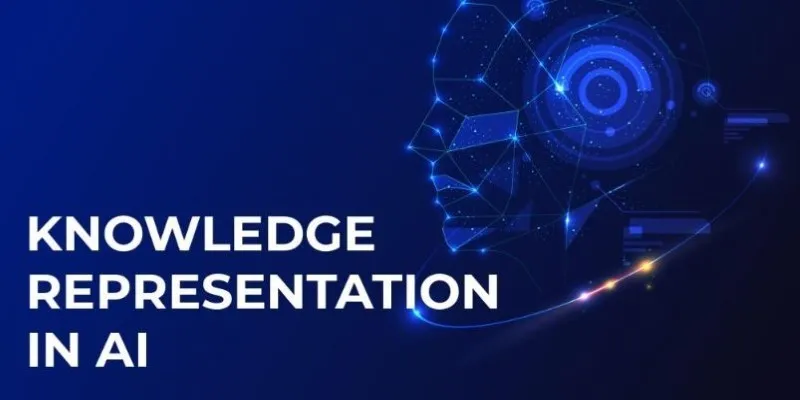Artificial Intelligence (AI) is reshaping how people search for information and interact online. It showcases impressive speed and human-like content generation capabilities. However, this technology harbors a hidden risk known as AI hallucinations. These occur when AI tools produce information that appears accurate but is entirely false, leading to confusion, misinformation, and erosion of trust in technology. AI hallucinations transcend mere technical glitches; they also impact human comprehension and decision-making processes. Understanding the causes behind AI’s generation of false information is crucial for the safe and responsible utilization of these tools in various aspects of daily life, business operations, education, and beyond. ## What Causes AI Hallucinations? AI hallucinations present a peculiar and unexpected issue in modern technology. They arise when AI tools like chatbots or content generators provide seemingly intelligent responses that are factually incorrect. At the crux of this problem lies in how AI learns. These systems are trained on vast amounts of online data, assimilating language patterns, connections, and phrases from myriad sources. However, AI does not possess human-like comprehension of truth or falsehood. It operates by predicting words based on patterns rather than factual understanding.

False information generated by AI often stems from attempts to fill in missing or ambiguous data. In such instances, the model makes guesses that may sound plausible but are entirely inaccurate. Another reason for AI hallucinations is the inherent overconfidence programmed into the system. Instead of admitting uncertainty, many AI tools fabricate responses to sustain the conversation flow. AI lacks genuine understanding of meaning; it functions as a linguistic calculator rather than a human brain. This disparity between pattern recognition and comprehension is precisely why AI occasionally veers into creative but perilously erroneous territory when producing information. ## Real-World Impact of AI Hallucinations The repercussions of AI hallucinations span from minor inaccuracies to severe consequences. While false information may seem innocuous in casual discussions or creative writing, the stakes elevate in critical domains such as healthcare, finance, and education. For instance, erroneous medical advice from AI could lead to harmful treatment recommendations or misinterpretation of symptoms. In legal or financial sectors, hallucinated data could tarnish professional credibility, potentially resulting in financial losses or legal entanglements. Moreover, AI-generated content containing false claims poses challenges for content creators and businesses, risking brand reputation and reader trust. Of particular concern is the rapid dissemination of false information by AI online. In the realm of social media and news platforms, users often share content without verifying its authenticity. When AI generates misinformation in such environments, it fuels misinformation campaigns, conspiracy theories, and public confusion. ## Efforts to Reduce AI Hallucinations To mitigate the risks associated with AI hallucinations, developers and researchers are implementing various strategies. Enhancing the quality of training data by filtering out subpar, outdated, or biased content can enhance model performance. Refining model behavior to acknowledge uncertainty and refrain from making definitive statements based on limited data can help prevent hallucinations. Some companies are integrating verification mechanisms into their AI tools, cross- referencing generated content with reliable databases and knowledge graphs to ensure accuracy before dissemination. Transparency is also gaining traction in the AI sector, with developers striving to create models that elucidate their reasoning and data sources, aiding users in understanding and addressing false information generated by AI. Human oversight remains paramount. Regardless of AI’s advancements, experts recommend that humans review and approve critical content generated by AI systems. Responsible use of these tools necessitates treating them as aids rather than substitutes for human judgment. ## Why AI Hallucinations Will Remain a Challenge Despite rapid progress, AI hallucinations will persist as a challenge for users and developers due to the fundamental operational disparities between AI systems and humans. AI lacks genuine comprehension of meaning, context, or truth, analyzing data patterns to generate text without verifying facts. When AI generates false information, it underscores the gap between language generation and real-world knowledge. While enhancements in training data and algorithms can minimize errors, eradicating AI hallucinations entirely is improbable. Users must remain vigilant when using AI tools due to the natural, polished, and compelling nature of AI-generated content, which may hinder comprehensive fact-checking in fast-paced digital environments. The responsibility falls on content creators, businesses, and developers to uphold accuracy and integrity, particularly as AI tools infiltrate sensitive sectors like healthcare, journalism, customer service, and law. Convincing content isn’t sufficient — accuracy is paramount. The future of AI hinges on striking a balance between innovation and truth, underscoring the importance of maintaining accuracy and integrity. ## Conclusion AI hallucinations underscore a critical flaw in modern technology. While AI can craft impressive content, accuracy isn’t always guaranteed. The risks posed by false information generated by AI impact trust, safety, and decision-making processes. Moving forward, users must remain discerning and verify crucial details. Developers should continue refining AI systems for heightened accuracy. Responsible AI usage requires a delicate equilibrium between innovation and human oversight. Awareness of AI hallucinations is the initial step toward utilizing this potent tool prudently and securely.
 zfn9
zfn9





















